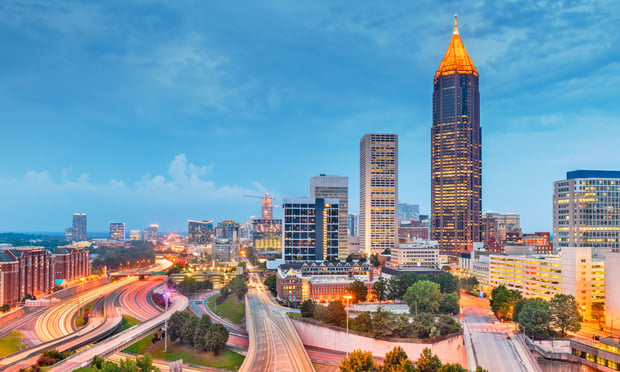The Sunbelt region is ground zero for multifamily investment. For the last decade, cities across the Sunbelt have seen substantial population growth and have attracted corporate relocations—and investment capital has followed. Now, according to Austin Graham, senior associate at Mathews Real Estate Investment Services, some markets are also starting to experience growing pains.
"With the level of growth overall in the renter market, the new construction activity isn't close to keeping up with demand," says Graham, citing the housing affordability strain from both external and internal migration in high-growth markets like Tampa, Ft. Lauderdale, Atlanta, Nashville, Raleigh, and Charlotte.
"Growth is a good thing for these markets, but the supply issues are making it more expensive to live there."
Recommended For You
Graham calls the problem a classic supply-demand imbalance, but it isn't for lack of new housing development. This year, the US will set a record in new apartment unit deliveries, with an estimated 400,000 new units coming to market. A quarter of those are in the Sunbelt, and nearly all of them are market-rate units.
Due to the high cost of development, Graham says that building new affordable units just doesn't pencil. Instead, the region is relying on older housing stock eventually becoming naturally occurring affordable housing as new market-rate units come to market. "Over time that will happen, but it is an immediate problem right now," says Graham.
Graham notes that multifamily investors in the Southeast have focused on value-add deals. "There has been a tremendous amount of investment in the value-add sector for 60s, 70s and 80s product," says Graham. "That has been the primary focus, and that is where a lot of the rent growth has been." While this has helped to revitalize older communities, those areas are seeing strong rent increases as a result.
Graham also expects a public response to the problem. "Everyone recognizes that this is an issue. I think the government will hopefully start to take more notice," he says. "Lack of government support is one of the biggest issues that lead to shortages of affordable housing. Once the government gets a little bit more involved and incentivizes developers to build this type of product, I think that more affordable units will come online." He expects the response to not only include development incentives, but changes to zoning regulations as well.
Although rents are growing rapidly, the Southeast continues to be a discount from major metropolitans. And along with a pro-business environment, one key factor will differentiate it and continue to draw people to the Southeast region.
"There's space for large new development," Graham adds. "It will be tremendously more affordable for someone to move here."
© 2025 ALM Global, LLC, All Rights Reserved. Request academic re-use from www.copyright.com. All other uses, submit a request to [email protected]. For more information visit Asset & Logo Licensing.







